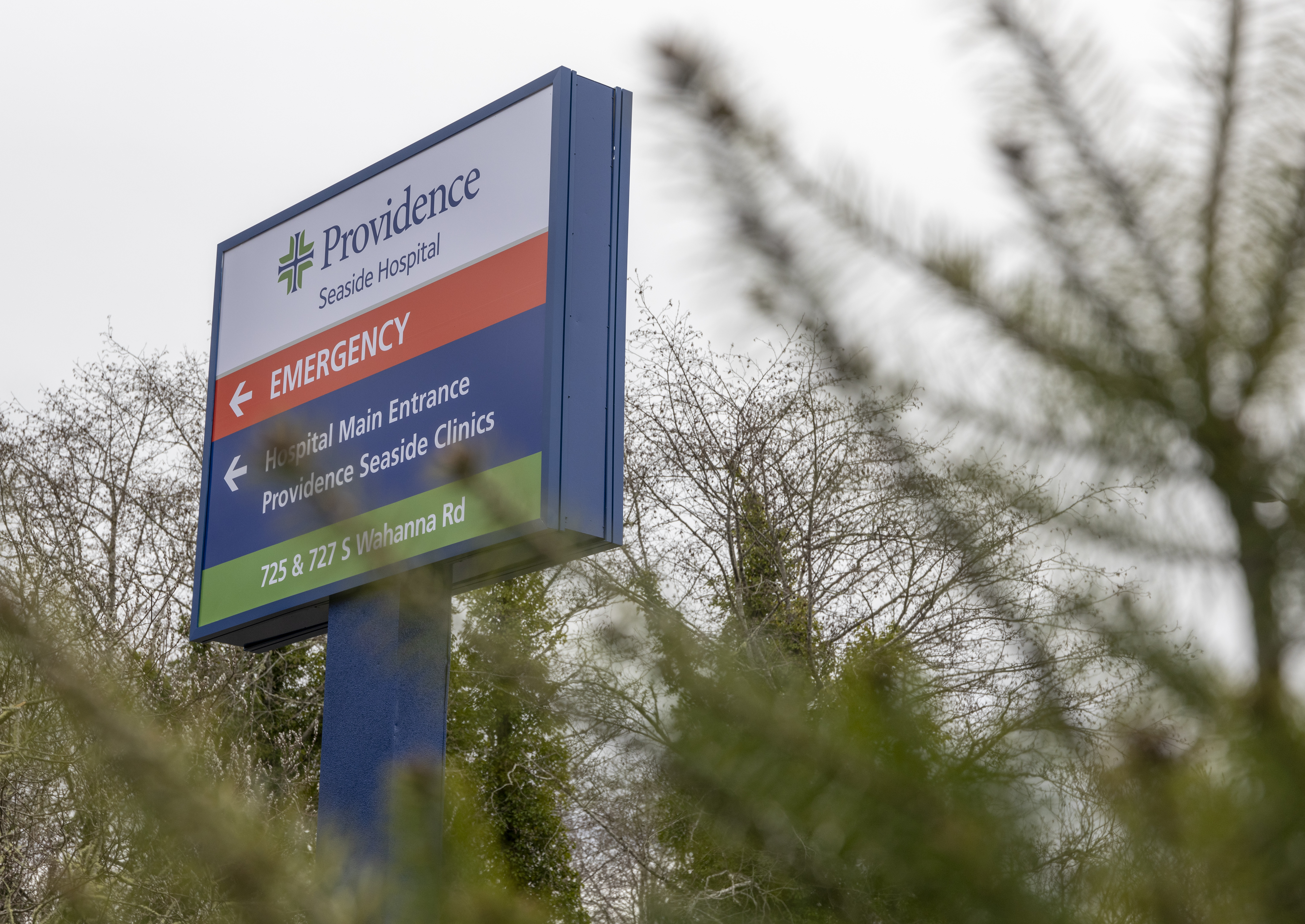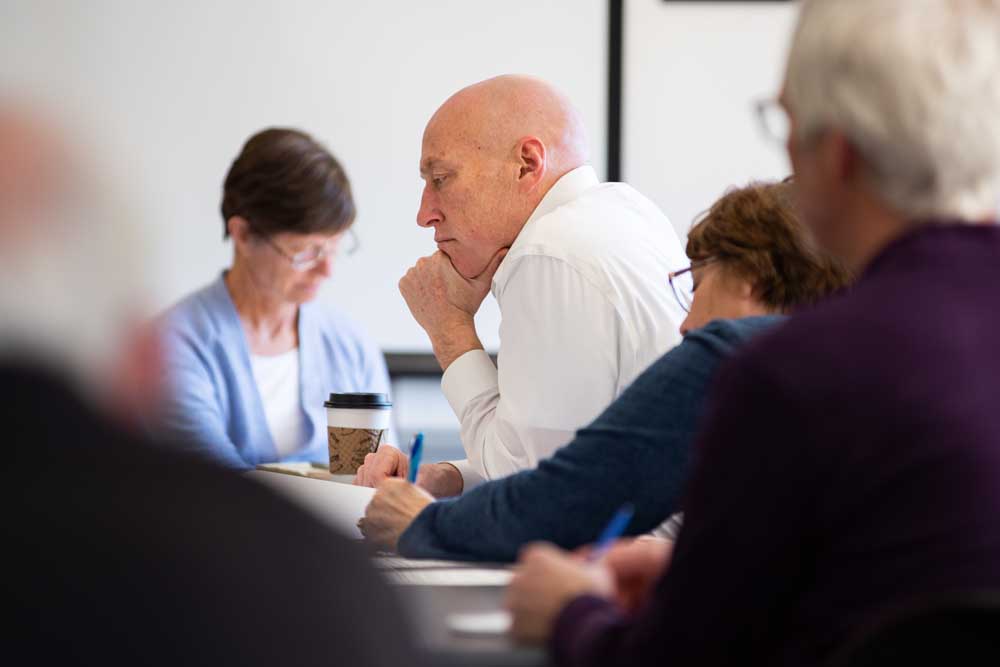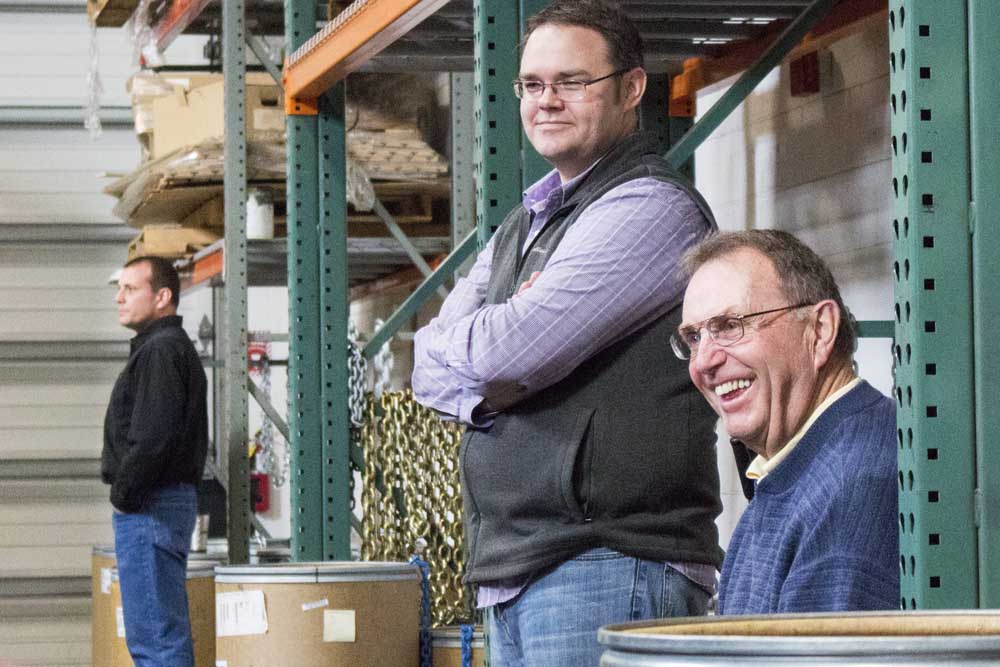Got Milk? architect describes campaign’s lasting mark
Published 4:41 am Tuesday, March 22, 2016

- Jeff Manning, an architect of the iconic Got Milk? campaign, speaks about the lasting effects of the campaign during the Intermountain AgTech Conference in Pocatello earlier this month.
POCATELLO, Idaho — Hoping to boost demand for a well-known product facing declining consumption, Jeff Manning and the California Milk Processor Board gambled in 1993 on a campaign that ignored the central theme of virtually every other milk marketing program.
Trending
Speaking earlier this month during the inaugural Intermountain AgTech Conference, Manning described how the now iconic “Got Milk?” campaign he helped create succeeded by viewing the product differently, and how it’s challenged long-held notions about marketing.
“Complacency is just a killer for ideas,” Manning said.
From Japan to Germany, Manning said, milk campaigns all emphasized the beverage’s nutrition, which succeeded in convincing 96 percent of the public that milk is healthy. Nonetheless, consumers opted for soda, sweetened teas and sports drinks.
Trending
“It didn’t matter how much money you spent on ‘good for you,’ it did not change behavior,” Manning said.
So Manning and his team ignored milk’s calcium and protein and instead came up with a “deprivation” strategy, based on the realization that milk is usually consumed as a complement to food, such as cereal and cookies.
“When you’re on the ‘good for you’ strategy, you don’t want to talk about Oreos,” Manning said.
Got Milk? commercials depicted the possible tragedies of depriving consumers of the commodity.
The first commercial, “Aaron Burr,” featured a history museum curator who received a phone call from a radio station promising $10,000 for the identity of the man who shot Alexander Hamilton. With a bite of sandwich in his mouth, he replied, “Awaan Buhh!” but failed to claim his prize because his words were indecipherable, and he had no milk to wash down his food.
Got Milk? was picked up by the National Fluid Milk Processor Promotion Board and used through 2014. The campaign remains active in California, where Manning said industry analysis shows it’s had a 10-to-1 return on investment and helped flatten declining milk demand.
Got Milk? became one of the most parodied slogans in history. A survey found it was the most recognizable slogan associated with a beverage, known by half of respondents.
“Two words and a question mark. Simple is a powerful concept,” Manning said.
Manning explained a key to the campaign’s success was that the board gave the slogan away rather than imposing licensing fees to those who wished to use it. Got Milk? appeared on soccer balls, baby outfits and cereal boxes. The slogan was embossed on Oreo cookies, and Mattel released a Got Milk? Barbie doll. His team also encouraged the parodies.
“We gave the idea to people,” Manning said. “To anybody that brands, that’s crazy.”
They partnered with Girl Scouts of America, encouraging scouts to ask customers if they had milk in their refrigerators while selling cookies.
Manning believes the campaign demonstrates the possibilities when marketing pursues a novel approach, and the benefits of partnering with other companies and licensing for exposure rather than money.
Greg Andersen, with Seagull Bay Dairy in American Falls, Idaho, painted “Got Milk?” on his old milk silo. Dan Gilbert, a Blackfoot, Idaho, dairyman, believes the promotion has cast milk and the industry in a more favorable light for consumers.
“Between the dairymen and the consumer, I think it showed that we’re human,” Gilbert said. “We enjoy a good laugh every now and then, and we do want to produce a good product to put on your table.”









